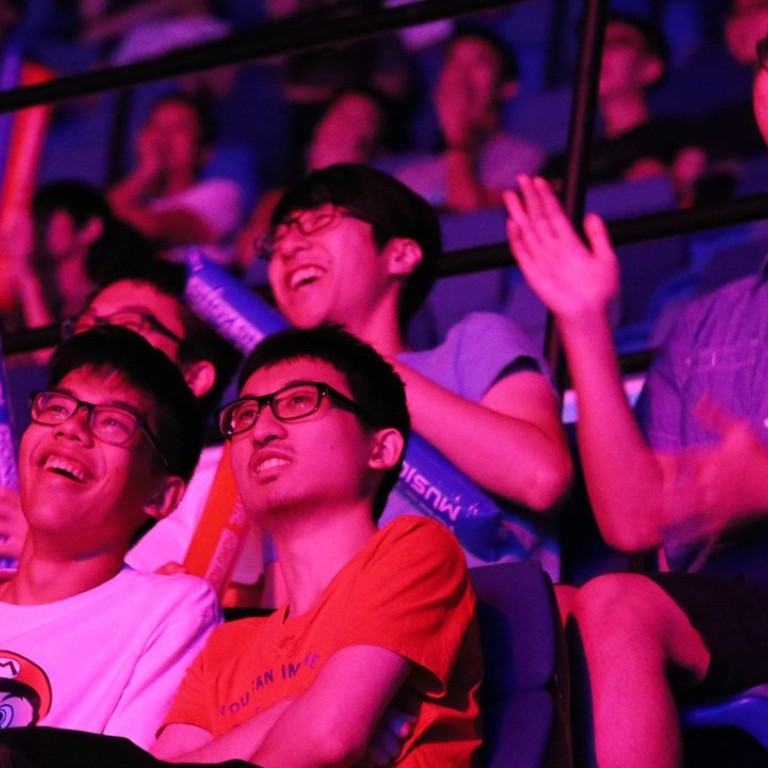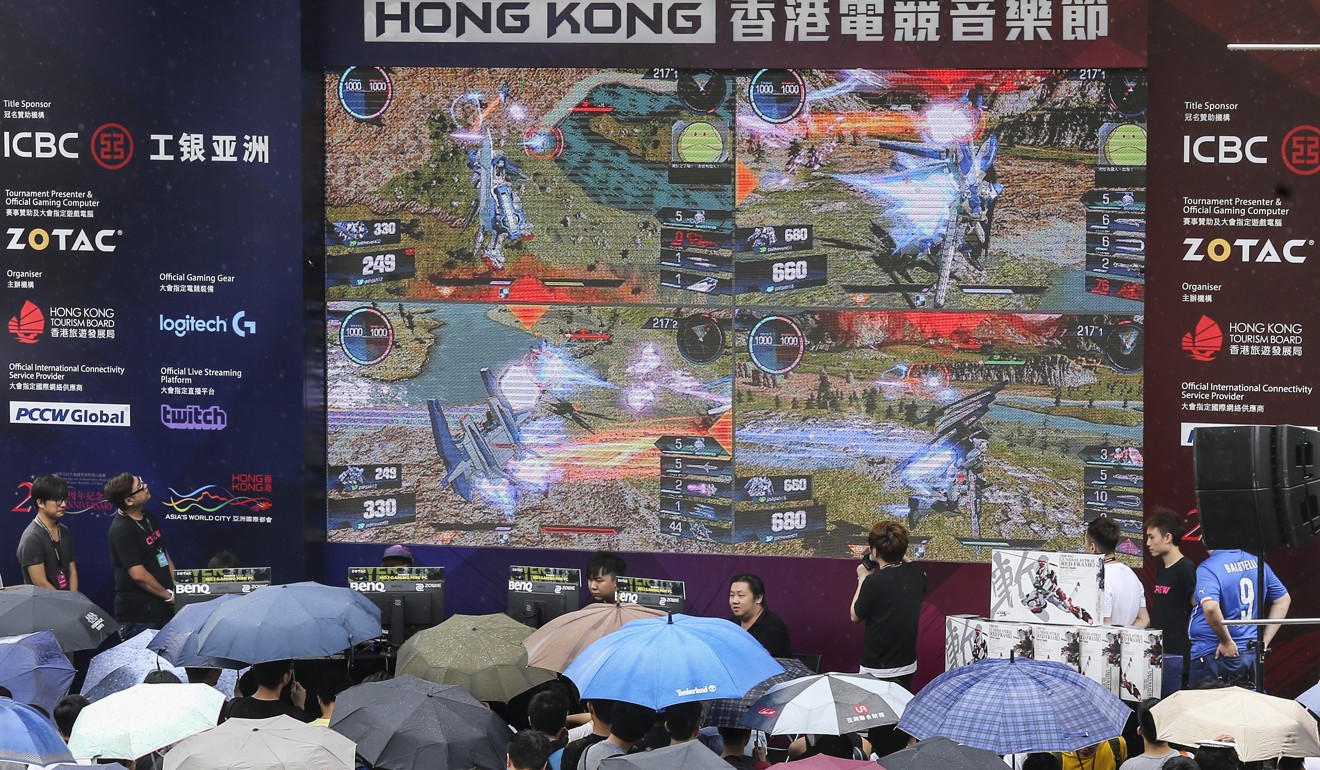
The future’s bright, the future’s a reality: how technology is revolutionising the e-sports fan experience
As part of our ongoing e-sports series, SCMP Sport looks at the technology that is fuelling a revolution in fan experience
E-sports and technology are inextricably linked to each other. As the two feed into each other amazing possibilities are born.
Some of the most exciting advances can be seen in viewing and fan engagement, where virtual reality (VR), augmented reality (AR) and game design methods are being used to revolutionise the fan experience.
With the progress being made, the live e-sports experience may soon surpass that of traditional sports.
E-sports has been tipped as a possible driver for widespread adoption of AR and VR and the beginnings of this can be seen at e-sports tournaments where AR is already being used to enhance the viewing experience and give fans greater insight into team compositions, match information and real-time game events.
Tournament organisers display scaled-up game characters and in-game information on stage in front of player booths, and the game maps on which competition takes place can be overlaid on stadium stages making incredibly complex play easier for fans to follow.
The immersive experience of virtual reality opens up possibilities for highly engaging spectatorship. Technologies are being developed that allow viewers to watch e-sports matches from any position or angle in the game.

If viewers wish, they can stand right next to professional players’ in-game characters, experiencing up-close what battles between these characters looks like.
Companies like Boom.tv have already started showing games in ways they were never meant to be and the company has created a 3D modelling application that extrapolates multiple camera angles on real-time streams.
Hong Kong e-sports fans go wild as Team Taiwan/Hong Kong/Macau slay Team Europe
Games that are normally only seen from one angle, for example top-down or first-person, can then be seen from third-person, fly-on-the-wall or eagle-eye views.
Game design engines like Unreal, Unity and CryEngine and the supporting software used to create next generation games are producing visuals that are indistinguishable from real life, and methods for manipulating game visuals are being improved and simplified.

These advances in technology and methods of creation trickle down from the realism and immersion focused next generation games they were initially used for into e-sports titles which are focused more on gameplay.
As a result both directed and personally customised spectatorship is being revolutionised.
E-sports is here to stay so it’s time we began to understand how it got here, who is behind it and what exactly it is
Unlike traditional pursuits, e-sports are not limited by the number of cameras they can focus on an area of play.
Moving a camera to capture a different angle, replaying specific segments or areas of play and the manipulation of spectators perspectives can often be accomplished with a few clicks of a button.
The modren e-sports viewer and those in the future will experience a kind of cinematic and immersive spectatorship that has never been seen in the history of sports.

